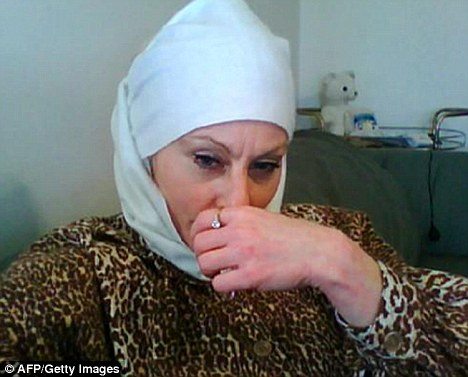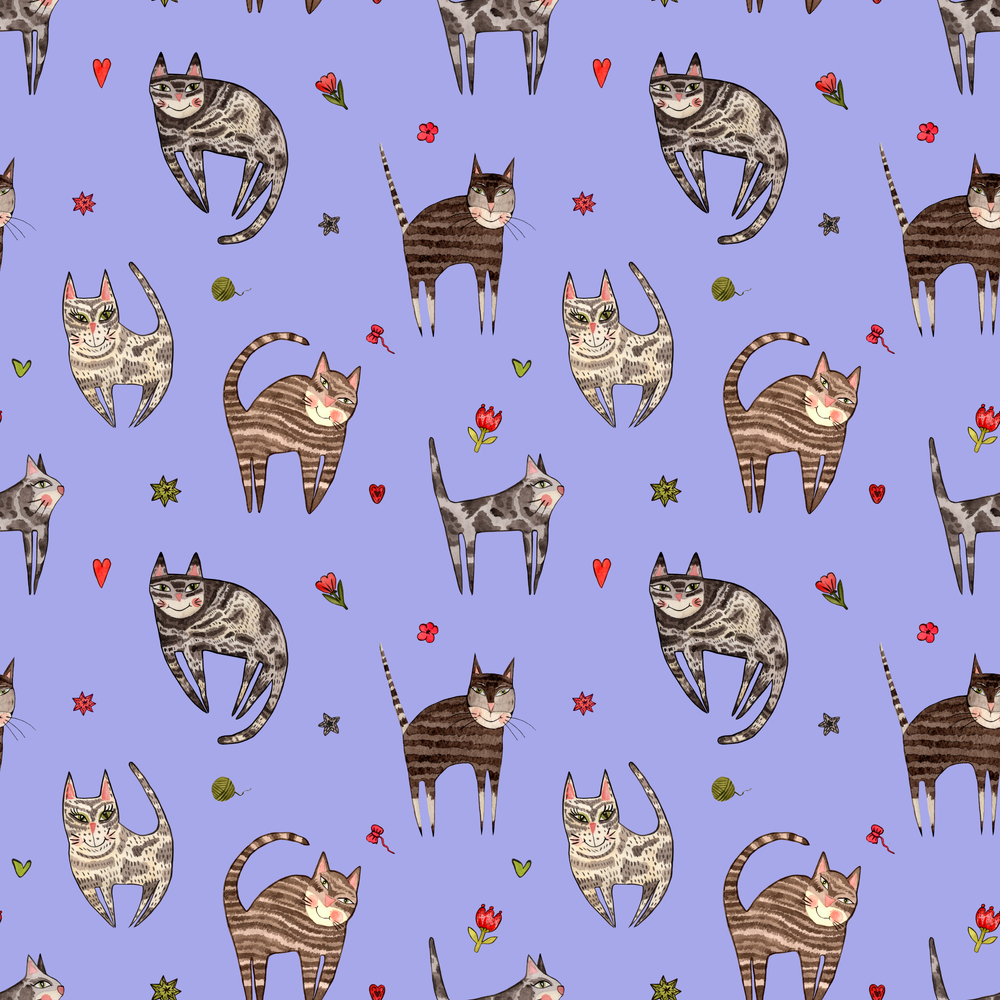Jihad Jane and the Muhammad Cartoons
Jihad Jane and the Muhammad Cartoons
By Wajahat Ali
 The recent arrest of Americ Colleen LaRose (who reportedly called herself Jihad Jane online) and seven individuals for allegedly plotting the murder of Swedish Cartoonist Lar Vilks, could be a teachable moment.
The recent arrest of Americ Colleen LaRose (who reportedly called herself Jihad Jane online) and seven individuals for allegedly plotting the murder of Swedish Cartoonist Lar Vilks, could be a teachable moment.
Vilks was allegedly targeted by assassins for drawing the Prophet Muhammad as a stray dog. This event speaks tellingly of how certain inflammatory images, which some non-Muslims may consider satire or benign parody, are intentionally provocative insults to Islam and the Prophet Muhammad.
As a Muslim-American writer, I know firsthand that creating thought-provoking art about Islam and Muslims can be a thankless task. If one’s fictional Muslim characters are not avatars of perfection or they happen to speak critically about certain Islamic customs, then the Muslim artist risks being convicted as a godless instigator by a vocal minority. However, in my experience the overwhelming majority of Muslim audience members embrace these uncomfortable, yet necessary, artistic depictions of religiosity provided the characters and images are complex, honest, and crafted respectfully, instead of being reduced to vile stereotypes purely for the sake of sensationalism.
Respected Muslim scholar Shaikh Faraz Rabbani of SeekersGuidance.org explained it to me, “I think the critical issue is recognizing the power of sacred symbols to committed believers. In Islam, the most central symbols are the Qur’an and the person of the Prophet Muhammad (peace and blessings be upon him).”
Out of devotional love and reverence for the Prophet’s sacred and elevated status, for centuries most Muslim artists have depicted his face covered with a veil. Additionally, many Muslim scholars have discouraged artistic representations of people–especially the Prophet–to prevent undue idolization of the human form at the expense of the divine. Instead of paintings or sculptures, Muslims honor the Prophet by emulating his behavior and etiquette. Furthermore, Islamic history celebrates a rich, multicultural tradition of praising the Prophet through poetry and song, most notably in the epic 13th century poem “Qasidah al-Burdah” (Poem of the Prophet’s Mantle), which is still recited worldwide to this day.
In light of this cultural context, a cartoon portraying the most beloved figure in Islam as a dog, a violent extremist, or a suicide bomber will sometime spur an emotional response amongst many Muslims despite the best intentions of the artist.
Ironically, over the past few years, some misguided  Muslims have responded to similar cartoons with cowardly and inexcusable acts of violence only to emerge as the same stereotyped caricatures they are purportedly rebelling against.
Muslims have responded to similar cartoons with cowardly and inexcusable acts of violence only to emerge as the same stereotyped caricatures they are purportedly rebelling against.
Tragically, these individuals ultimately bear the greatest responsibility for betraying the image and sanctity of the Prophet, whose own elegant conduct urged calm and civility.
As an artist who relishes creative freedom, I resist calls that advocate artistic censorship or pander to political correctness. However, art – whether it be through words or images – has never existed within an isolated vacuum, and generally draws upon and animates the existing cultural context of the day.
Art can be used as a loaded cultural and political weapon to incite animosity amidst an already hostile climate dominated by foolish controversies–or it can be used wisely and bravely as a common language to bridge the divides.
Wajahat Ali is the author of the play “The Domestic Crusaders.”
